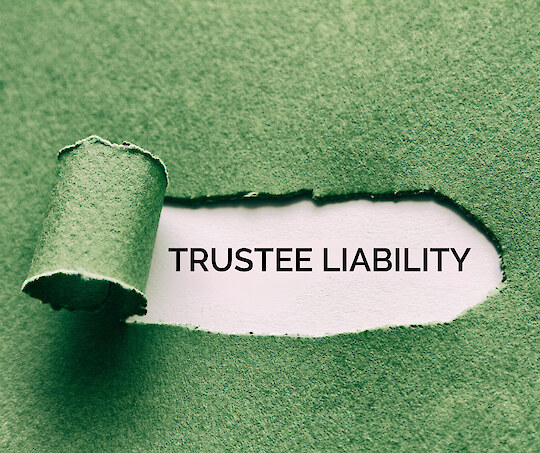
In September 2020, a child was fatally injured on a dairy farm after his jacket was caught on a rotating shaft of a backing gate. The farm was held in a trust.
Worksafe filed charges in the District Court against both the trust and the three trustees of the trust under the Health and Safety at Work Act 2015.
The Charges
The charges related to a business owner failing to prevent risk to the health and safety of any person at a workplace. Worksafe decided to charge the trust as well as each of the trustees as, in its view, the safety failures were the result of systemic mismanagement and misgovernance more than personal failures of the trustees. The issue of charging the trust was appealed to the High Court.
Definition of ‘Person’
The question to be determined by the High Court was whether a trust or, in the alternative, trustees collectively, meet the definition of “person” under the Act. Under the Act, a person is stated to include “the Crown, a corporation sole, and a body of persons, whether corporate or unincorporate”.
At the outset, it was accepted by the Court that the standard position is that a trust is not a separate legal entity. A trust is a relationship between trustees and the trust property, and the obligations arising from this. However, the Court noted that this position could, in certain circumstances, be altered by specific legislation.
The Court stated that the Act was designed to impose liability on a wide range of actors and so the legislation should not be narrowly interpreted where it goes against the purposes of the Act, which is, among other things, to protect workers and other people against harm.
The Court considered multiple cases on the point of trusts being considered persons. It found that to meet the definition of “body of persons”, a group must have some kind of internal structure that enables it to consider and implement decisions collectively. It found that these features are apparent in trustees collectively.
Ultimately, the Court found that the trust could not be considered a “person” but that the trustees collectively are “a body of persons” and so could be charged under the Act.
This ruling is significant in that it shows that trustees of a trust can be charged collectively for violations of the Health and Safety at Work Act. It should be noted, as the Court alluded to, that prosecution in this manner will be context-specific and there will often be significant challenges to this kind of case proceeding.
